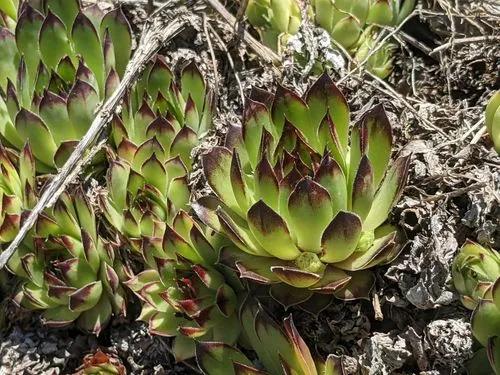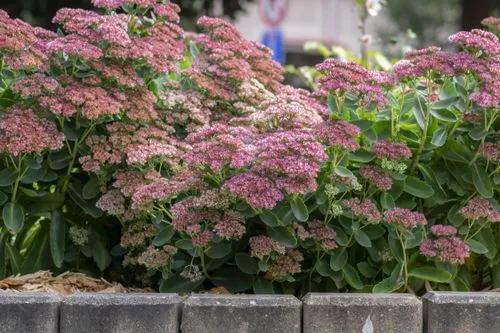It is an annual, with a single, stout, erect, stem growing up to 1.5m in height. It is hairless except for the edges of stipules, bracts and sepals. The leaves are born on long petioles. They range up to 3"By seed, sown in spring, lightly covered by soil, in the flowering position. Alternatively, indoors, in late winter or early spring, at 20+°C, on the surface of a seed compost, covered by a 1 mm covering of compost or vermiculite.×4" in size, but are often much smaller. The lower leaves are suborbicular; the upper have 3-5 broad triangular lobes. Both are crenate to dentateThe flowers are borne solitarily, on long pedicels, in the leaf axils. The epicalyx segments are orbicular-cordate, about ½" long when in flower, increasing to 1¼" when in fruit. The sepals are broadly lanceolate to ovate. The petals range in size from 20×35mm to 40×60mm.
Annual Malope Care
Malope trifida



Malope was historically classified, with Kitaibelia and Palaua, in the tribe Malopeae, distinguished by the presence of a schizocarpous fruit with the mericarps arranged spirally or in several superimposed whorls. The tribe Malopeae is no longer accepted, and Kitaibelia and Malope are included in the tribe Malveae and sub-tribe Malvinae. This is confirmed by DNA sequencing. The most closely related genera to Malope and Kitaibelia are Alcea and Althaea Technically Malope can be distinguished from Kitaibelia by the presence of 3 epicalyx segments, as opposed to the 6-9 epicalyx segments borne by Kitaibelia. In practice Kitaibelia vitifolia is also a much bigger plant than species of Malope, and the white or pale pink flower colour of Kitaibelia vitifolia constrasts with deep pink or purple flowers of the typical forms of Malope. In fruit the globose schizocarp serves to distinguish it from all remaining European mallows. The mericarps are single-seeded, indehiscent, glabrous and rugulose.
Discover more plants with the list below
Popular articles






